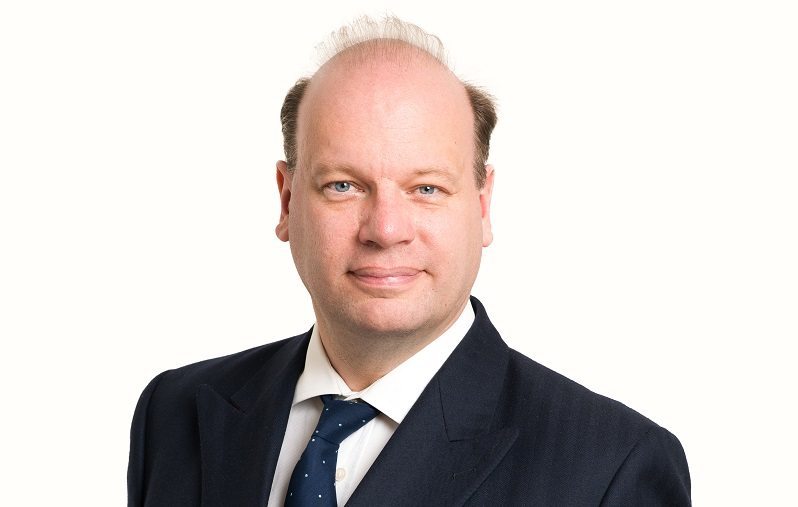Real GDP growth in the eurozone slowed significantly in the first quarter of the year falling to 0.4% from 0.7% – the slowest pace of growth for six quarters. The slump came as something of a surprise. Growth rates for the bloc beat expectations in 2017 to reach a 10-year high at 2.4%.

European earnings per share growth has been flat year-on-year for companies on the Stoxx 600 index that have reported Q1 results so far, according to Deutsche Bank. German earnings results have been particularly disappointing.
Under the weather?
The snowy sub-zero weather that played havoc with European businesses in February and March was one of the causes. But what other factors were behind the fall? And will growth rebound this year to boost European equities?
“The extremely cold weather did hit consumption and productivity,” said Olly Russ (pictured), a fund manager at Liontrust. “I would not be surprised to see the eurozone bounce back the rest of the year.”
Early GDP releases from southern member states such as Spain and Italy, which were not significantly affected by the cold weather, did not experience the same slowdown in Q1 GDP as their northerly neighbours. The rise in energy prices in recent months may also have hit growth.
The strong euro during Q1 was another factor, as about half of Europe’s revenues are export driven. However, the euro has subsequently weakened, slipping to $1.18 against the US dollar this week – its lowest level of 2018 – which should boost eurozone-based exporters in the second quarter.

“The direction of the euro and the strengthening US dollar should provide a stimulus for further earnings recovery in Europe,” said Franklin Templeton European equities head Dylan Ball. More than 75% of European companies revenues are derived from developed markets. “All emerging markets – which are key import destinations – are pegged against dollar.”
End of austerity
Ball said the Q1 eurozone slump bears the hallmarks of a classic mid-cycle slowdown. It’s worth remembering, he said, that the global recovery from the financial crisis has ostensibly been driven by central banks’ asset buying programmes. The US Federal Reserve began its QE programme in 2009 but the European Central Bank waited until four years later before acting.
“The recovery in the eurozone is three-and-a-half years behind the US,” Ball continued. “Therefore, there may or may not be three-and-a-half years to go in terms of European earnings recovery.”
By and large the credit cycle is three-and-half years and behind the US but Europe turned positive in 2016 – austerity is behind us. That was a controversial statement 12 months ago and it is not today.”


Consumption and inflation
Schroders’ senior European economist Azad Zangana said the Q1 slowdown was largely a result of the adverse weather. “Economic growth should rebound significantly in the second quarter, making up for some, if not all of the lost momentum seen recently,” Zangana said, adding that he expected growth to remain strong in 2018 and ease only slightly in 2019, with growth of 2.3% and 2.0% respectively in both the EU and the euro area.
The principal driver of the European rebound over the last 18 months has been private consumption and this trend is poised to continue and increase, said Ball.

Another factor is inflation. Financial services, industrials and energy and commodities make up the bulk of European corporates – this contrasts with the US, for example, where almost a quarter of S&P 500 companies are in the tech sector.
“Up until now we have had a recovery without inflation – meaning these companies have struggled to generate the earnings growth recovery that Europe needs,” Ball said. “If you have consumer spending without wage growth then you are relying on your balance sheets – we do need some inflation from a tight labour market.”

And all the indicators suggest inflation is set rise. The eurozone unemployment rate has fallen steadily over the last five years. “We are going to start to see wage growth coming through which is should allow core inflation to rise and meet this consumer-led recovery,” Ball said. “Inflation is coming which is very good for European equities.”
Most analysts continue to expect the European Central Bank to tread a path towards ending quantitative easing in September and, as a result, raising interest rates in early 2019. Over the medium term, rising rates should boost the one fifth of the European corporates in financial services. “Banks and insurance companies make more money when interest rates are rising,” Ball said.










